Abandoned buildings have the ability to conjure up a whole host of sensations. Some are terribly sad. Others can be genuinely nice places to spend some time in. But one thing they all have in common is their silence. A lack of sound that can actually be a little unsettling at times, especially so after escaping the incessant noise of Tokyo.
In the case of this particular little cluster of houses, however, it was simply nice and peaceful. A quietness that was accentuated by the things left behind. Objects with a sense of stillness they generally don’t posses; devoid, as they now are, of the people who once had a purpose for them.
So in a rather ambitious attempt to try and replicate that atmosphere, along with what it’s like to actually find such things in the first place, here’s a small set of photos without any text or further interruptions.
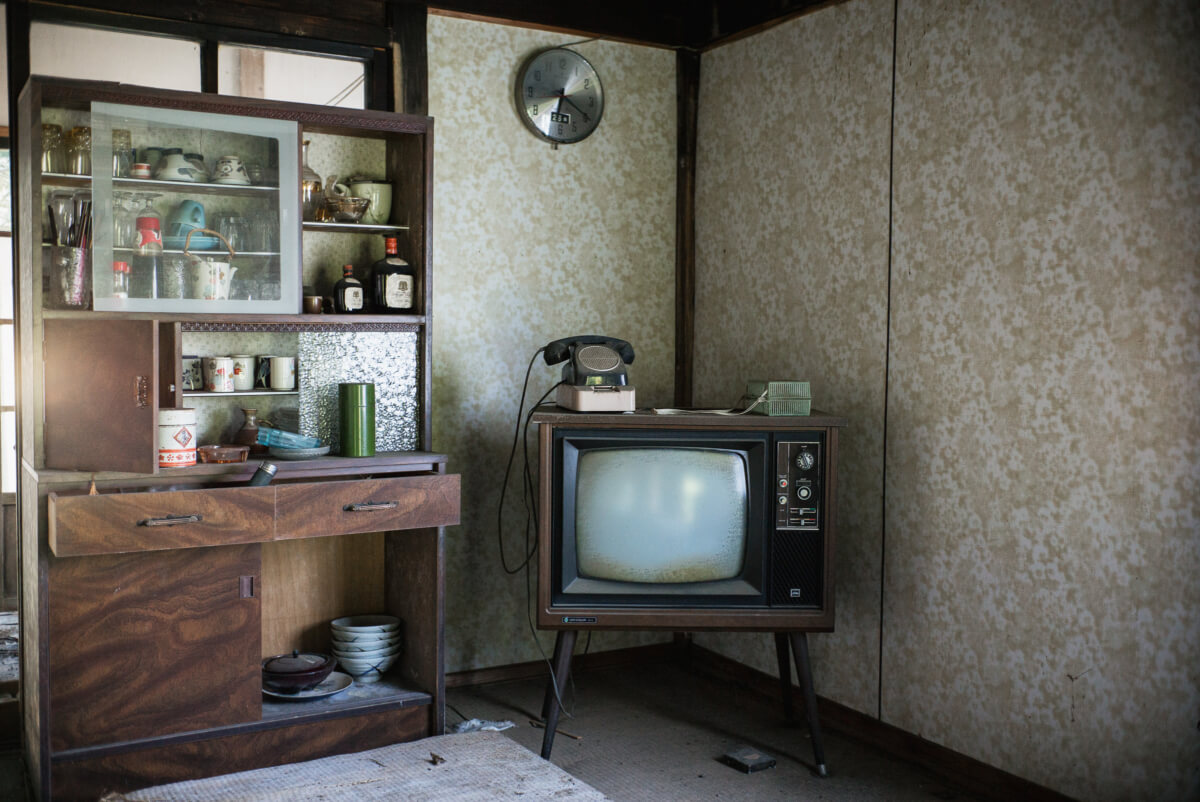
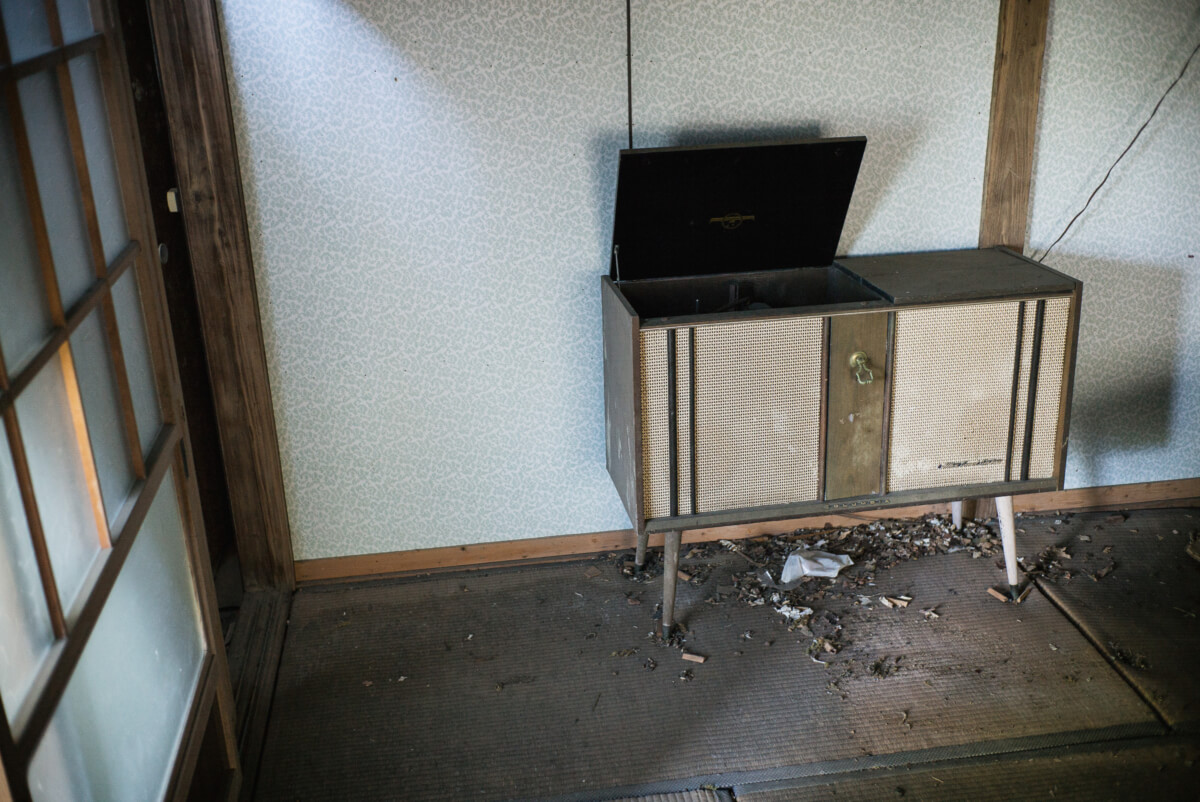
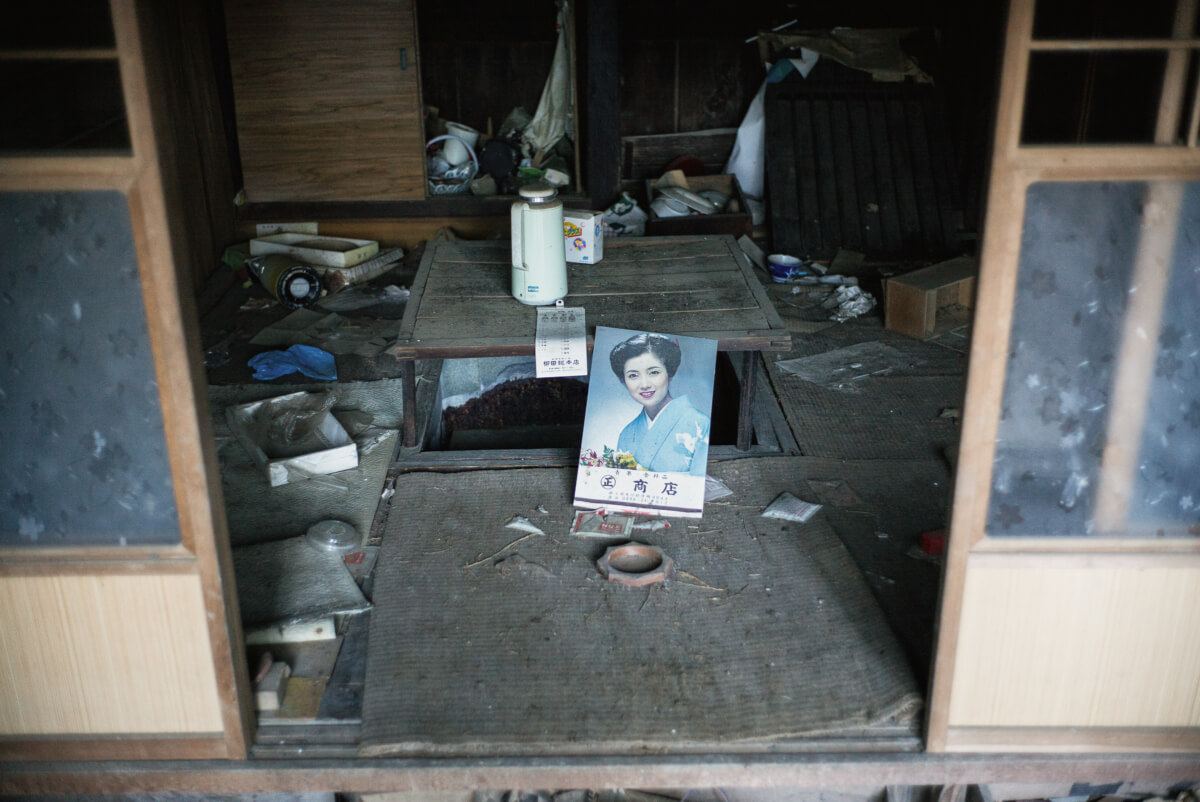
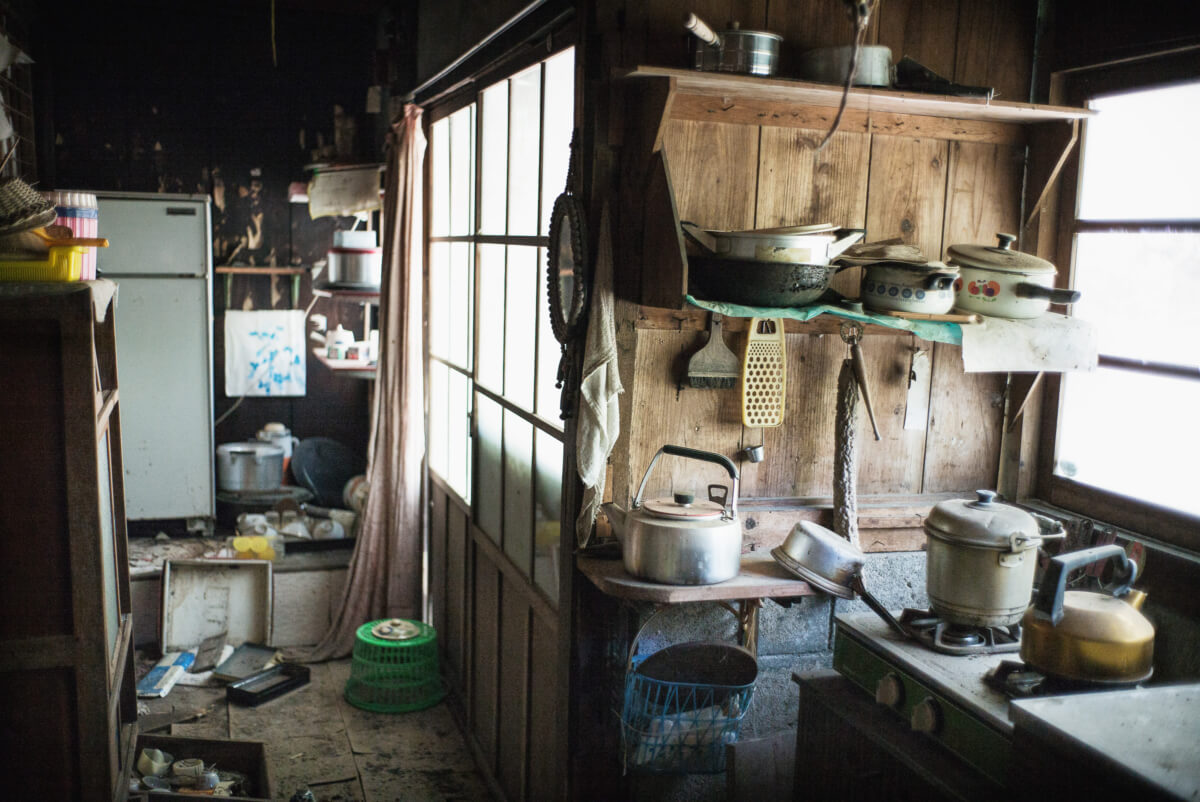
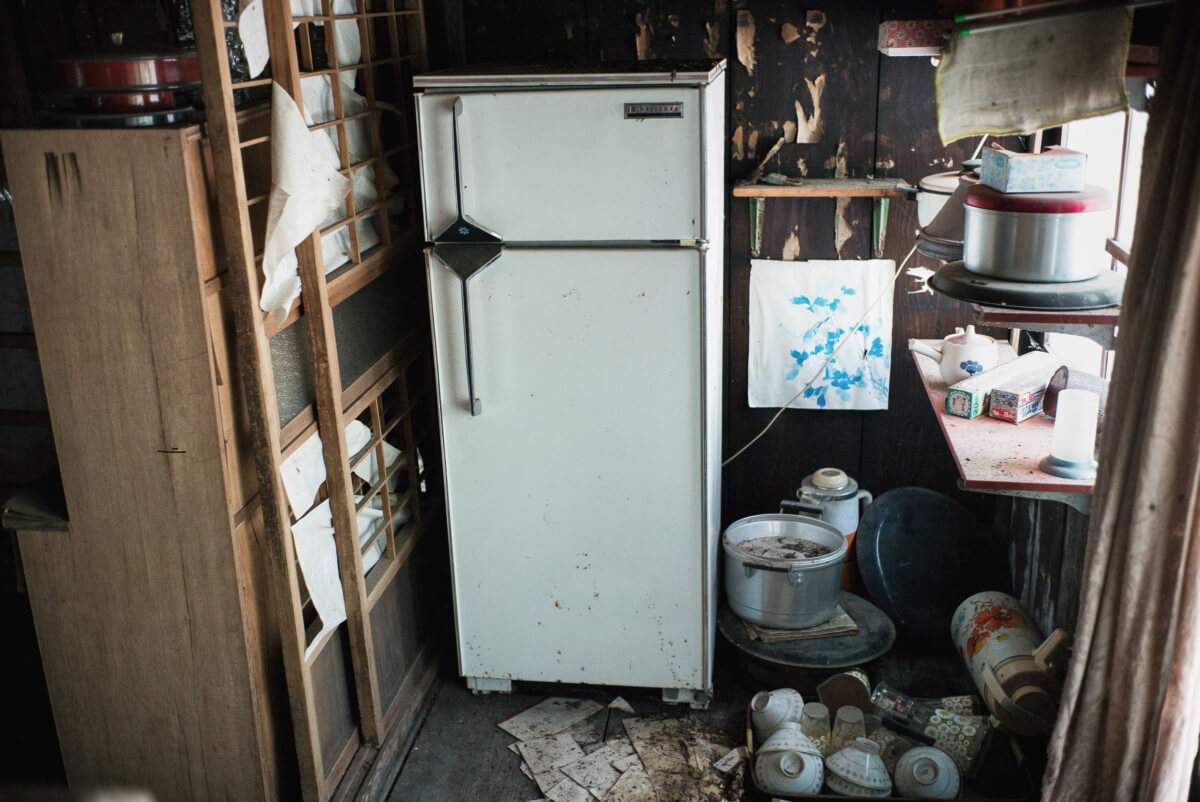
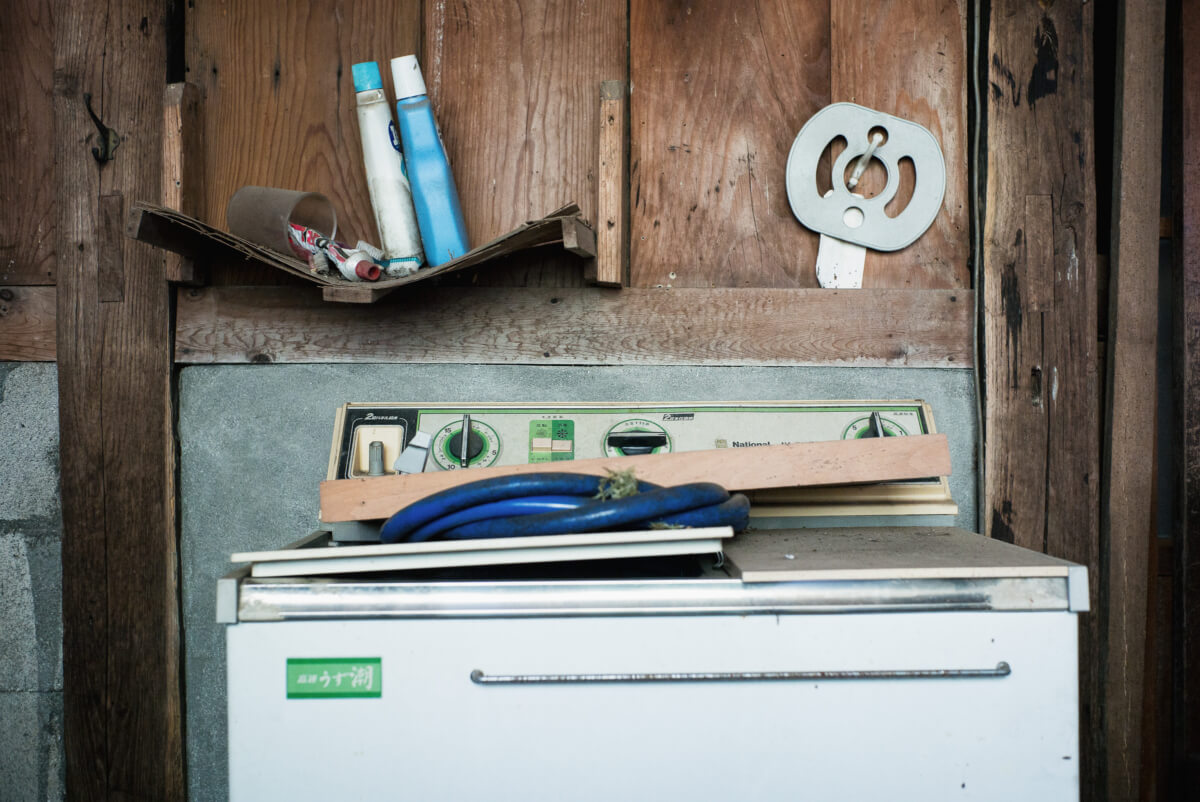
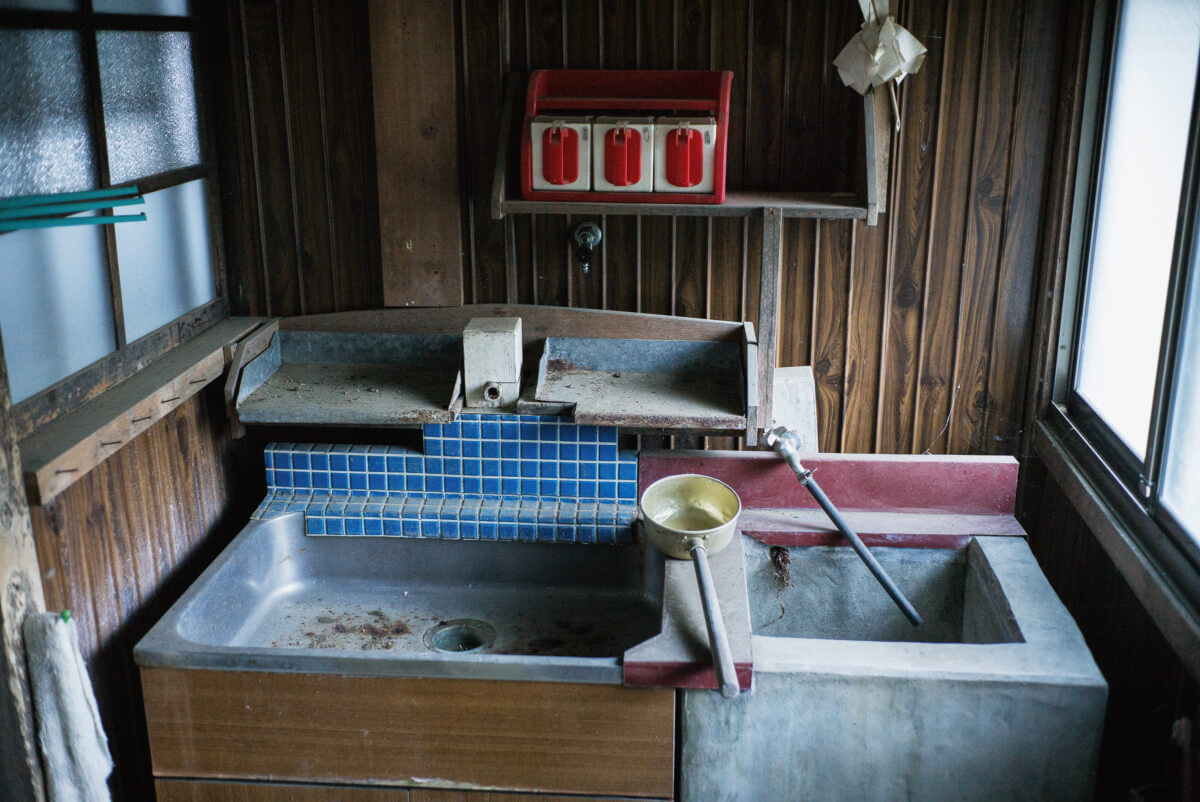
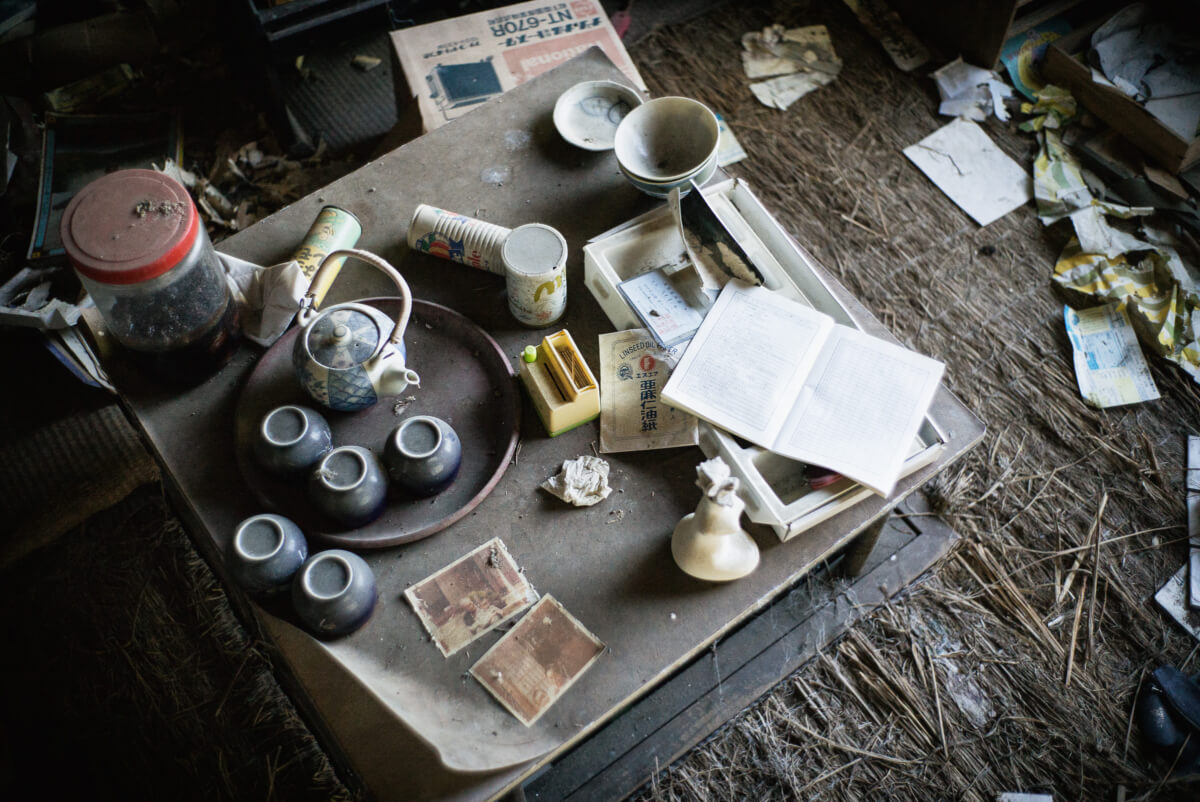

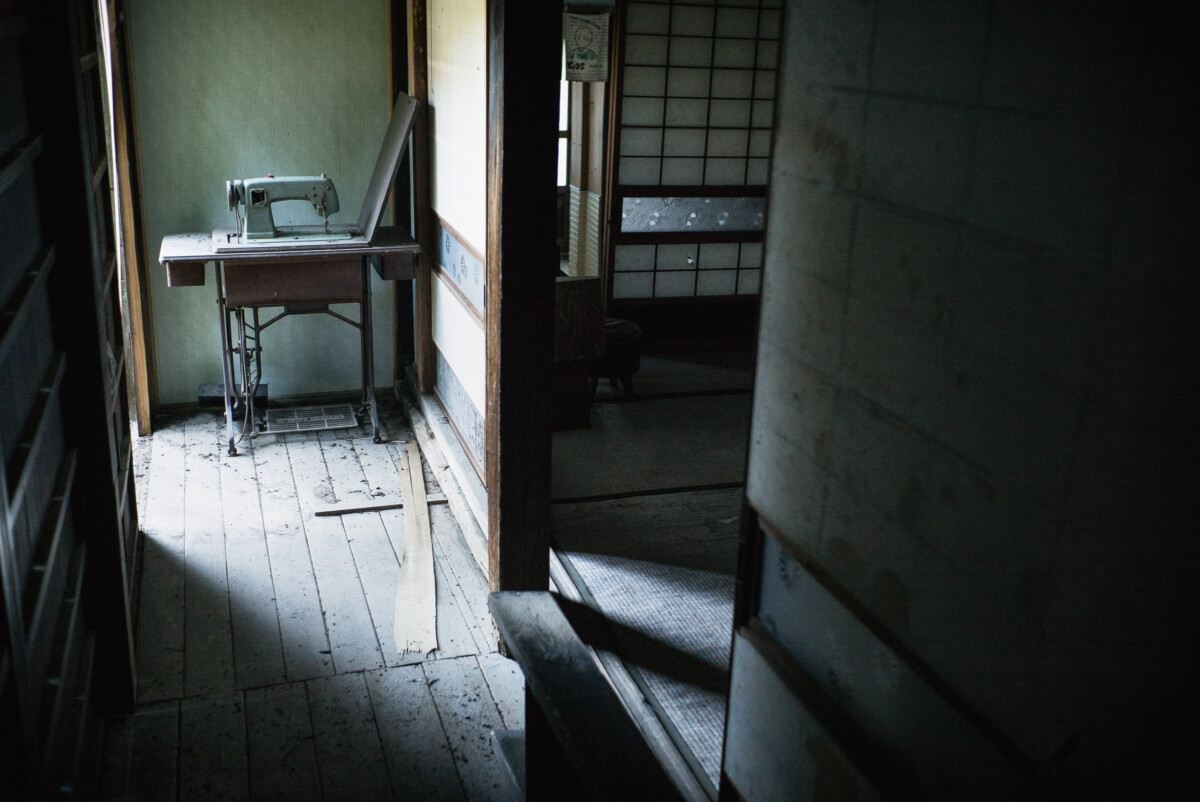
Denton says
Really cool set of photos! 🙂 Very atmospheric. Totally get the silence!
Lee says
Thanks a lot! Very nice to hear that some of that atmosphere came across in the photos.
Kim says
Well shot, conveys the mood very well.
Lee says
Cheers, really good to hear that. Wasn’t sure at all if the mood would come through.
John says
Great set as always. I’m a big fan of the first and last pics in particular. A real sense of nostalgia in them. Just like Kim said, you captured the atmosphere really well.
Lee says
Thank you. Those two are my favorites as well. Not sure why, but there’s something I really like about the scene in the first shot. Has a really nice feel about it in some way.
cdilla says
You’ve found and captured the short period where it’s not clear if the owner is going to return and where decay propper sets in. Looking at these photographs I can hear faint echoes of a draw closing, a grandchild (the one in the photo) playing outside, the water being ladled in the sink – just the small sounds of life that would have filled the houses. The first photograph is my favourite. How did that dial-less phone work? What is the cream box it is sat on? Is that a cricket cage to the right of it?
Another favourite detail are the blue tiles over the sink – how vivid are they? I bet the child who visited the house still remembers them. It’s the sort of thing I still remember about my grandma’s house from when I was young.
cdilla says
Lol, I wish, a) I could spell, b) you had an edit button, and c) I remembered b more often and took the time to proof read my posts.
Of course the proper way to spell that word is as used in this sentence 🙂
Lee says
Cheers! Very nice to hear.
I have a real soft spot for that scene too. Something about it I really like. Maybe it’s the warm colours, or the fantastically retro TV, but whatever it is it’s a personal favourite.
As for how the phone worked I have no idea. I’m similarly clueless about the box and the cage too, but a cricket cage sounds very interesting. Makes sense too as it was up in the mountains in the middle of nowhere.
Oh, and I’ve just added comment editing. Seems to be working ok. How’s that for service!
cdilla says
Excellent service 🙂
Tested as working too 🙂
Lee says
Happy to hear it!
Mareva says
My goodness! Lee, you captured so well that atmospheric places. I can easily imagine the noise going around when these were alive.
I picture a film starting by a black and white snapshot, then, moving gradually into colored closeups with TV on, the shouts of kids playing outside, peolple serving tea… Imagination has a great power.
Lee says
Thank you very much. Wonderful to hear you got so much out of the photos. When I visit these places I do the same thing, thinking about who might have lived there, what their lives where like etc., so great to read you did the same.
d.minnis says
Lee, I’m curious as to your theory on why these places are abandoned like this. Have older people died and their kids cared nothing about having their things? Or even bothering to clear out their homes. I can’t imagine someone moving and not taking their tea kettle and many other essentials.
Lee says
To be honest, it’s something that has often puzzled me as well. Demolishing a building is obviously very expensive, so I can understand why some places are just left to rot, especially those in the countryside. But the leaving of personal stuff is a lot harder to understand. And in many cases I have no real idea why to be honest, except perhaps the person died and there was no close family, or they simply lived too far away.
In regards these houses, however, they were part way up a mountain. Even just walking up to them with only a camera was a struggle. So apart from clothes, photos and the like, I can understand why the less easy to carry stuff was left behind. It really would have been a mammoth task to get them out and into a car or truck. Although that only explains the likes of the TV, record player etc., not far easier to move stuff like the kettle, pans and so on. Perhaps they were just old, and the previous owners wanted new ones? And as getting rid of stuff like that in Japan can be quite costly, just leaving them might have been deemed the easiest option.
YTSL says
I saw a film by Japanese director Sabu (entitled “Mr Long”) which features a village with lots of abandoned housing earlier this week. Is this becoming fairly common in Japan (because of such as a decreasing national population)?
Lee says
Once you get out of the extended city, yes it is. Driving through the less well populated areas of say Ibaraki and Tochigi, it’s possible to see a surprising amount of abandoned homes, businesses etc. The majority of them aren’t full of stuff like these, but they are abandoned nonetheless. It’s a situation that will only get worse too, due to the double whammy of a shrinking population and urban migration.
MrSatyre says
Your comment reminded me of this (and other) article: http://jpninfo.com/22498
Lee says
Cheers for the link. The figures are pretty incredible, aren’t they?
MrSatyre says
Really dumbfounded that some of these places have survived for what are clearly many decades of being abandoned as evidenced not simply by the tube televisions, but by the phones which don’t even sport rotary dials, and the all-in-one entertainment systems. That (for some of these) the roofs haven’t collapsed, or the structures themselves haven’t burned down or fallen down during earthquakes—let alone everything falling off the shelves—is in itself pretty unnerving.
I’ll never forget an house in the woods I found in Illinois off an infrequently used country road which was completely overgrown and windowless and doorless. Many hundreds of letters dating back to the 50’s were strewn all over the floors, most still in their pale blue envelopes, clearly belonging to whoever lived there. But nothing else. No furniture. No pictures. No dishes. Nothing but letters underfoot.
On another note, getting back to your abandoned homes in Japan, have you ever flipped a switch or turned a dial on anything to see if they still work?
Lee says
It is pretty amazing, isn’t it? Actually, one building has fallen down, but surprisingly the others look fairly robust. Going off calendars found in them, they were abandoned from the late 70s to late 80s. That’s a long time to be standing halfway up a mountain in a forest. But stand they still do.
That must have been a very unusual sight. Quite unsettling in a way I imagine. All those personal memories and stories scattered all over the floor. Very odd for just those to be left there, unless of course someone dumped them at a later date. But that in itself is a strange thing to do…
I often check to see if there is any power, but it hasn’t happened yet. Maybe one day though.
Jon says
I really love all your work, especially the portraits of everyday people, but this is also amazing!
Lee says
Thank you very much! These places are always amazing to see and photograph. It’s not easy to find them as complete as this, but that makes them even more special.
Scott says
Lovely photos as always! As to the phone in the first photo I’ve speculated on a couple of possibilities. They used to have “party line” service available especially in more rural areas, but I believe most of those systems still used standard phones with dials or push buttons. The other option, and possibly the correct answer to this phone, is a line for only incoming calls. I vaguely remember seeing a phone like this years ago and it was an incoming line. I don’t for the life of me remember why it was set up that way though.
Between the lovely photos capturing the mood of the locations, and life’s little mysteries that pop up in them, it is always a pleasure to peruse your shots.
Lee says
Thank you very much, that’s very nice to hear.
Incoming calls only definitely makes the most sense considering the phone’s design, but like you said, it makes you wonder why it would be set up like that. Thinking back though, I did see regular dial phones in some of the other places, so perhaps it was related to the work they were doing? Forestry workers I think, so possibly a line for those in charge to get in touch? But there again, that still begs the questions why a regular phone wasn’t used…
One of those wonderful mysteries that such places always conjure up. Nice to know some of the history, often even better to let your imagination make up the rest.
grassyj says
Did you take a peek at what was inside the refrigerator? Somethings are better left unknown, against better judgement, I think curiosity would get the better of me.
Lee says
No, I made that mistake once before. Never, ever again!